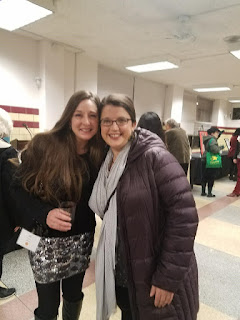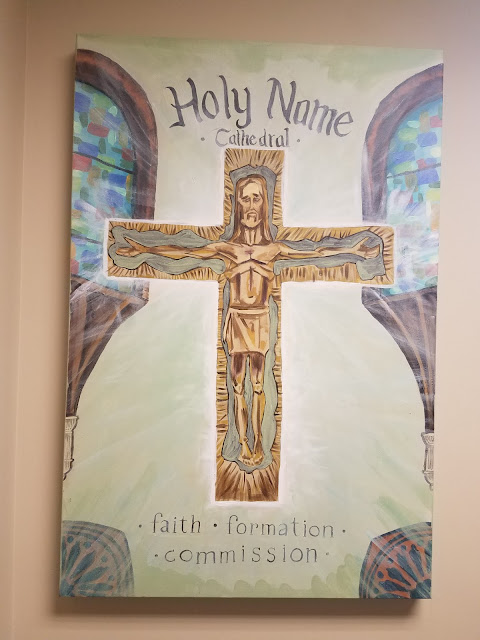St. John attested to Jesus' divinity against the heresy of Arianism.
How can we be like God?
We can imitate God by loving one another.
“The Holy Scriptures were not given
to us that we should enclose
them in books, but that we should
engrave them upon our hearts.”
When we pray, we come to know God’s love.
“Everywhere, wherever you may find yourself, you can set up an altar to God in your mind by means of prayer.”
When we love God, we learn how to demonstrate our love for one another.
“But first I want you to tell me this: do you know the power of love? Christ passed over all the marvelous works which were to be performed by the apostles and said, "By this shall men know that ye are my disciples, if ye love one another.”
“No act of virtue can be great if it is not followed by advantage for others. So, no matter how much time you spend fasting, no matter how much you sleep on a hard floor and eat ashes and sigh continually, if you do no good to others, you do nothing great.”
In our hearts, we come to love others through empathy- understanding what it means to live as they do.
“Helping a person in need is good in itself. But the degree of goodness is hugely affected by the attitude with which it is done. If you show resentment because you are helping the person out of a reluctant sense of duty, then the person may receive your help but may feel awkward and embarrassed. This is because he will feel beholden to you. If,on the other hand, you help the person in a spirit of joy, then the help will be received joyfully. The person will feel neither demeaned nor humiliated by your help, …. And joy is the appropriate attitude with which to help others because acts of generosity are a source of blessing to the giver as well as the receiver.”
As we do good for others, we can show love for ourselves as well.
“The Church is a hospital, and not a courtroom, for souls. She does not condemn on behalf of sins, but grants remission of sins....In the Church, the troubled find relief, and the heavy-laden, rest.
“Come to me,” says the Lord, “all you who labor and are burdened, and I will give you rest.” (
Matthew 11:28)
What could be more desirable than to meet this voice? What is sweeter than this invitation? The Lord is calling you to the Church for a rich banquet. He transfers you from struggles to rest, and from tortures to relief. He relieves you from the burden of your sins. He heals worries with thanksgiving, and sadness with joy.
How has prayer helped you to empathize with others?
Which experiences of helping others have you found personally rewarding in ways which are intangible?
What did you learn and how did volunteering bring you contentment?
A famous literary maxim is “To err is human, to forgive divine.”
When you attend mass, how do the readings and homilies attest to this?
To read more about St. John, please visit this
page or this
page from the Vatican.
Laura Ross
Faith Formation Commission member











